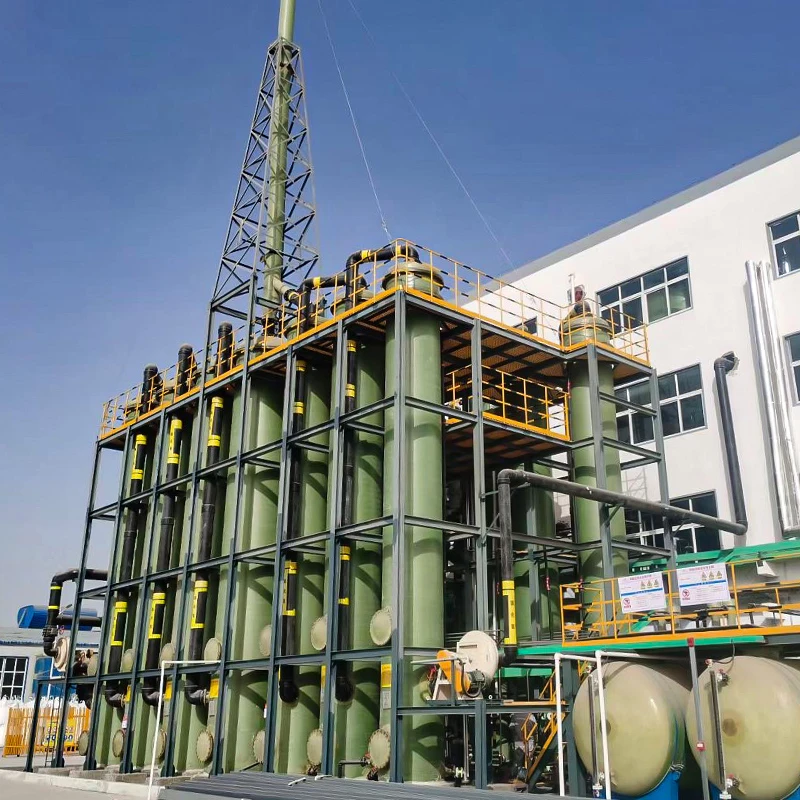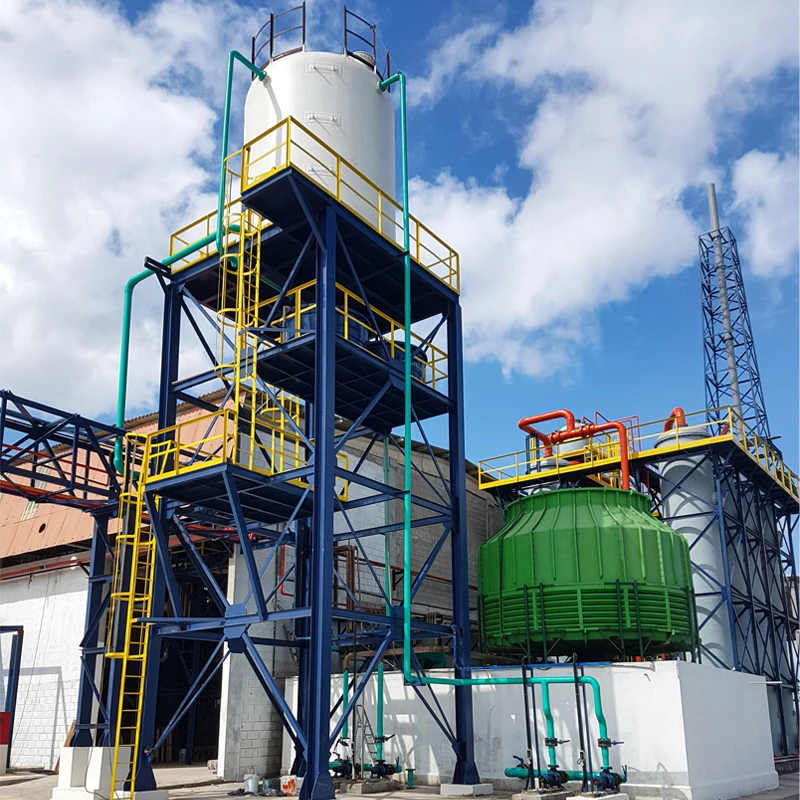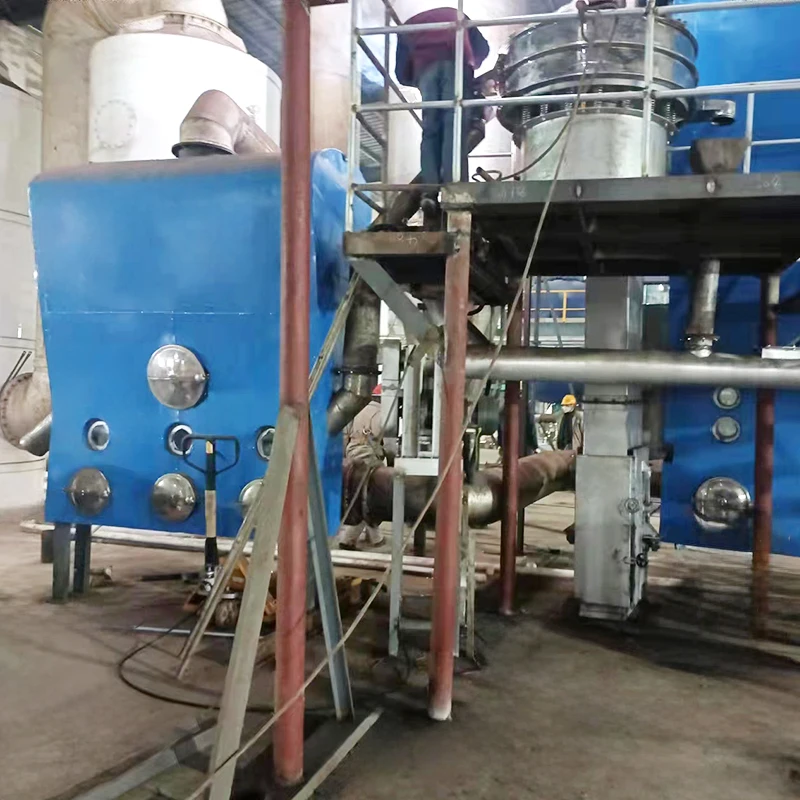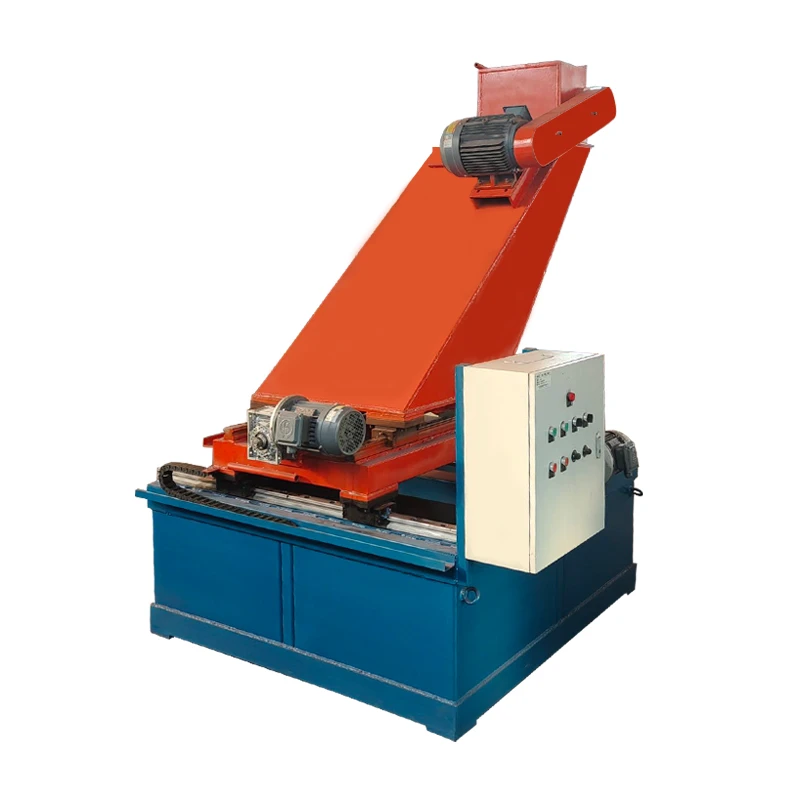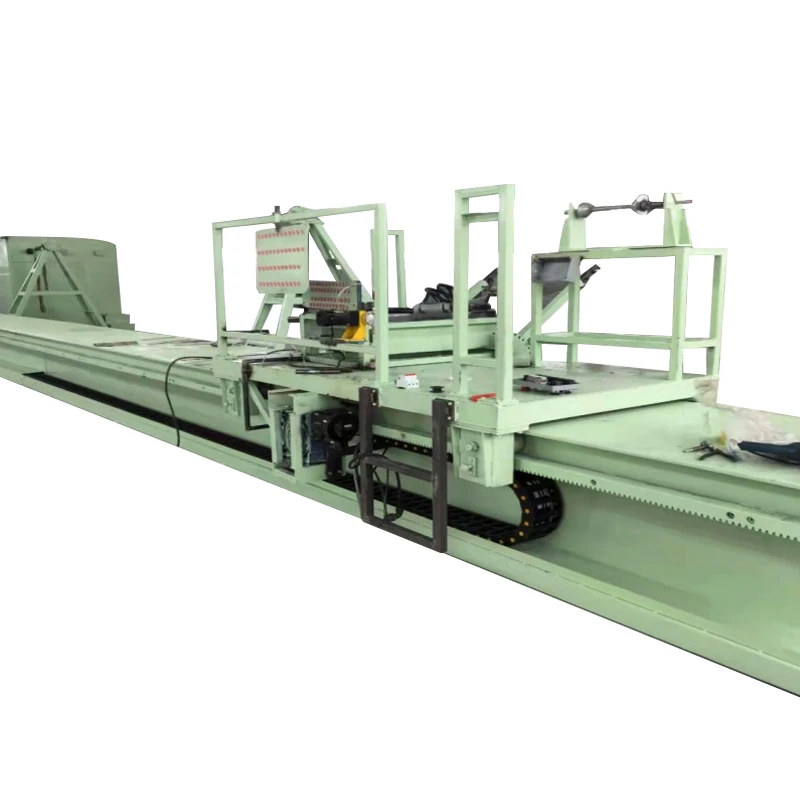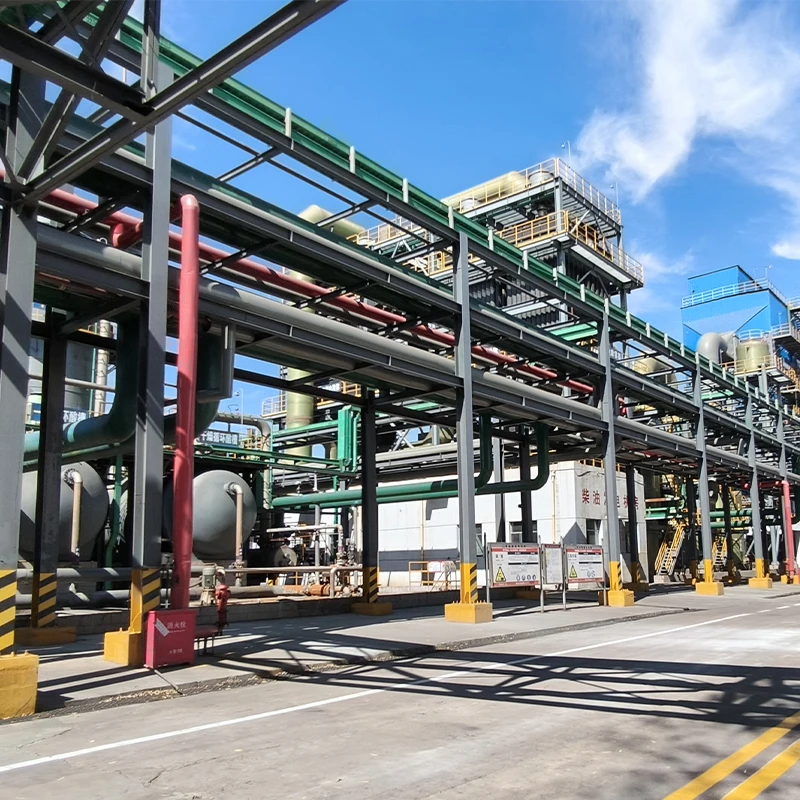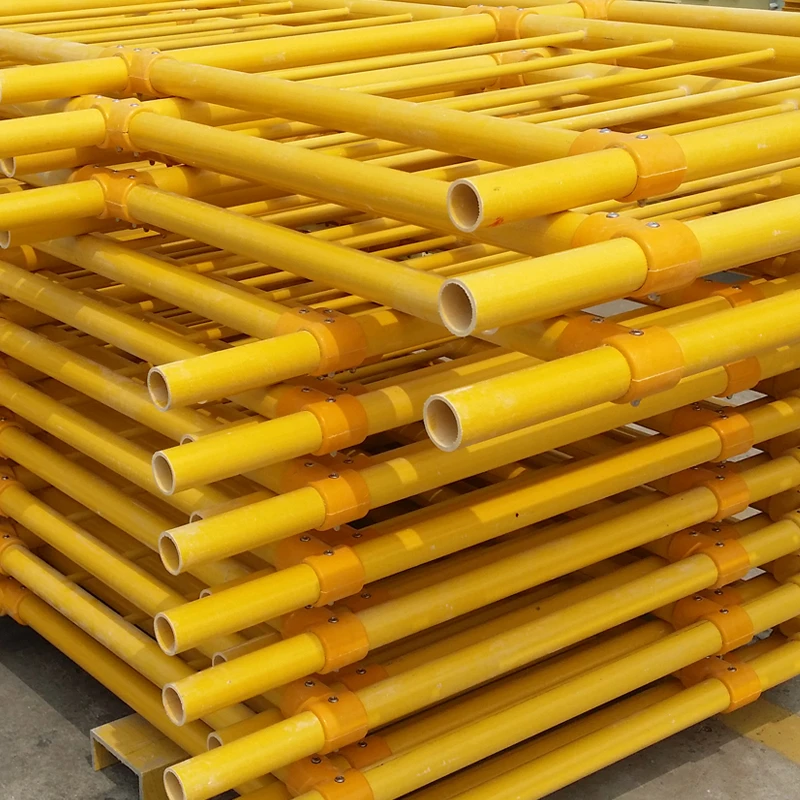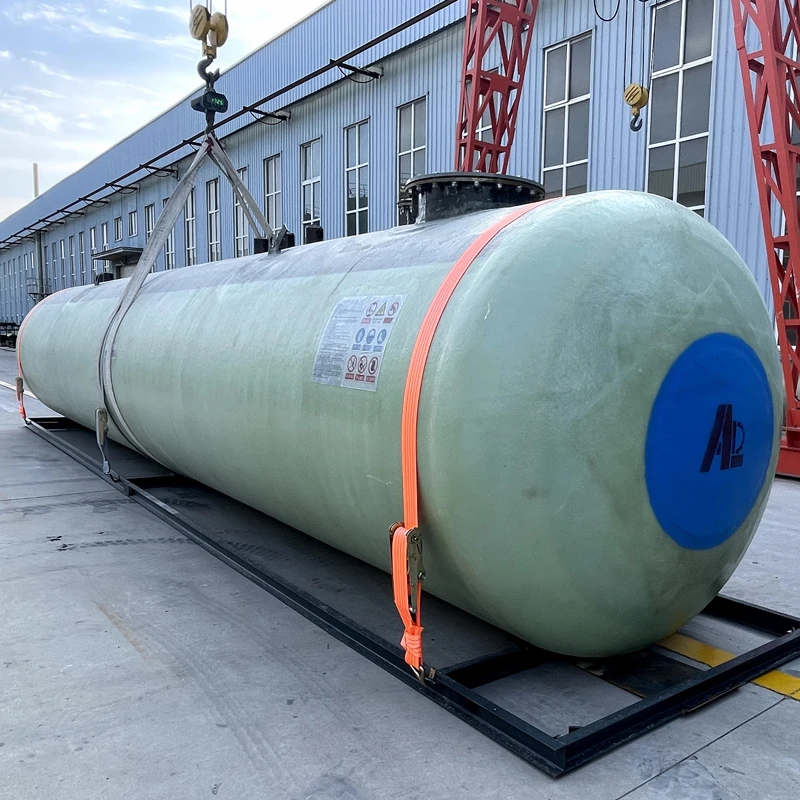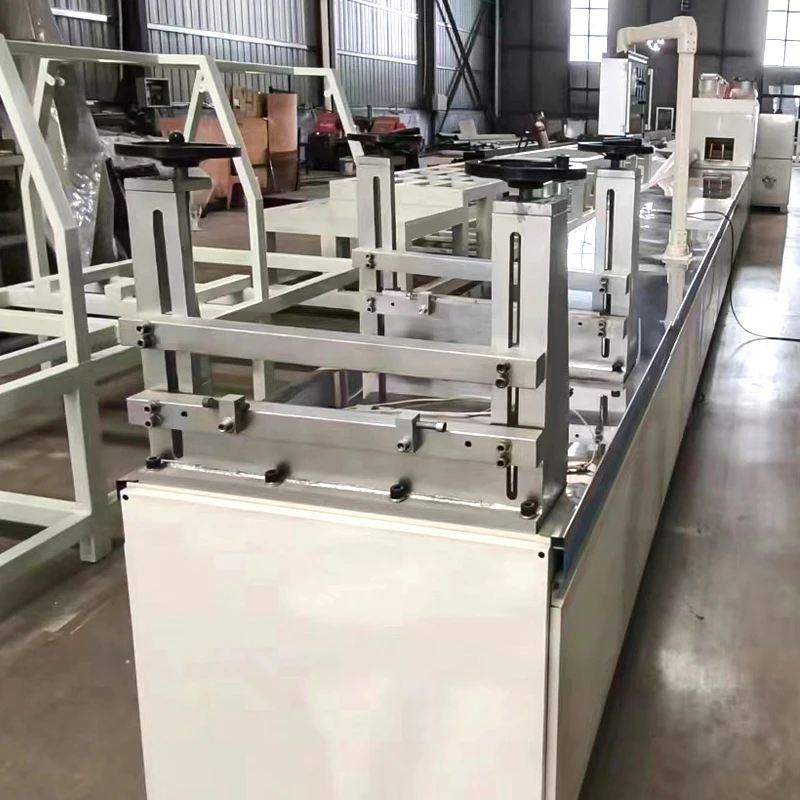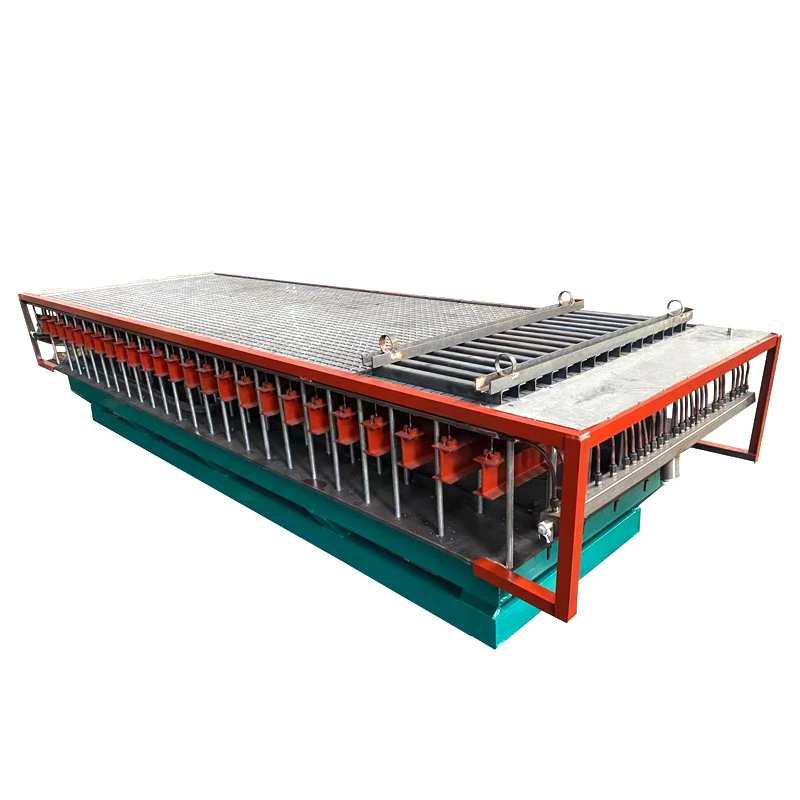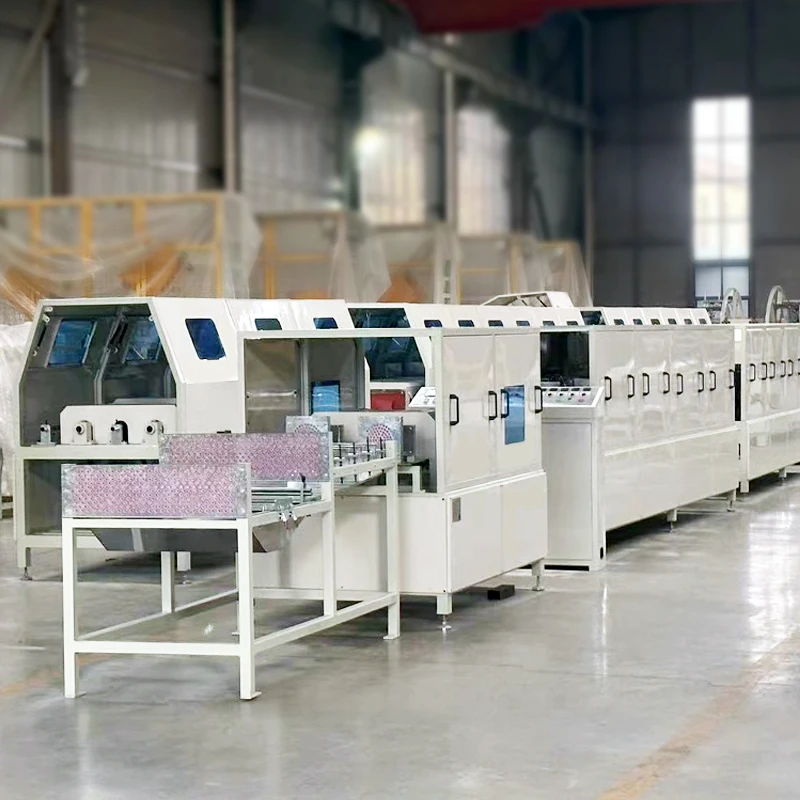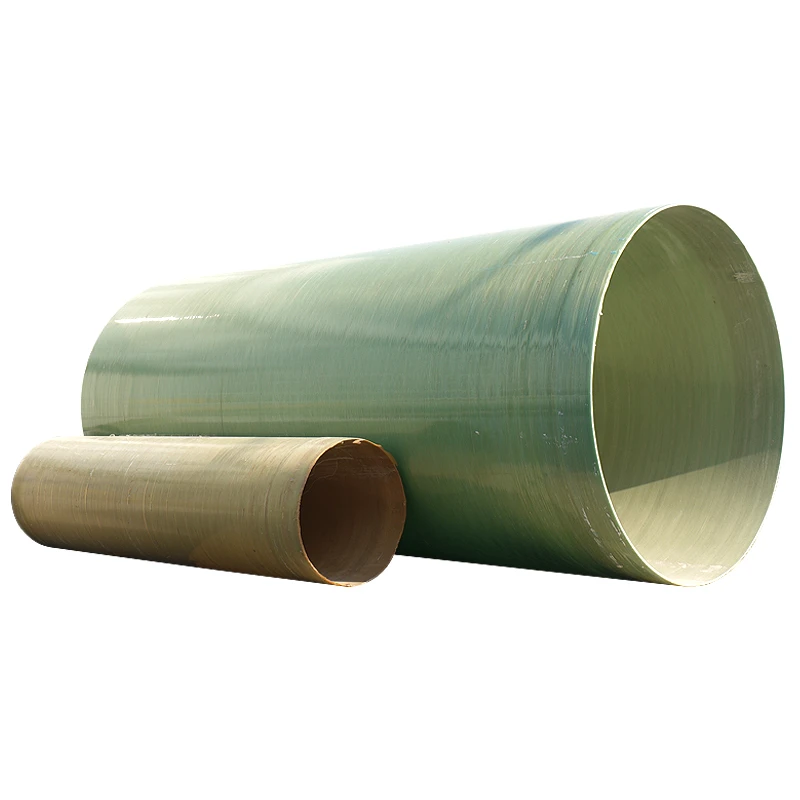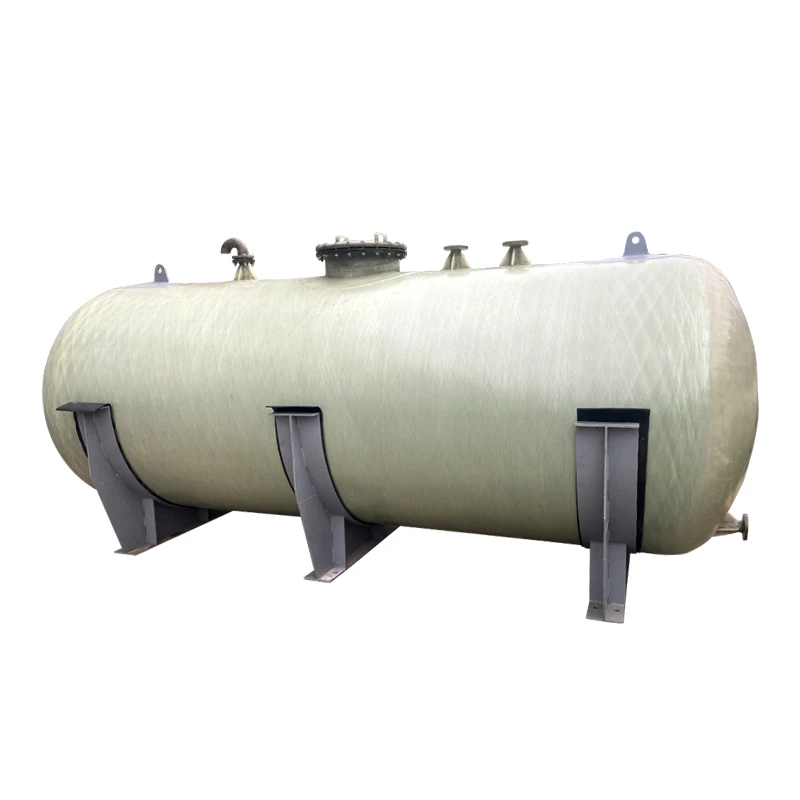Cnc Filament Winding: Empowerors In The Aerospace, Automotive, Construction, And Shipbuilding Industries
CNC Filament Winding, as an advanced composite material manufacturing process, has become an indispensable key technology in many fields such as aerospace, automotive, construction, and shipbuilding due to its high degree of automation, precision, and flexibility. Its unique advantages have endowed these industries with lighter, higher intensity, and more customized products, promoting technological innovation and efficiency improvement in related industries.
In the aerospace industry, the demand for CNC Filament Winding is particularly prominent
The composite filament winding machine can precisely control the winding angle and number of layers of fibers, thereby manufacturing composite material components with excellent strength to weight ratios, such as rocket engine shells, aircraft bodies, and satellite structures. These components not only reduce the overall weight of the aircraft and improve fuel efficiency, but also enhance its safety and reliability in extreme environments.
The automotive industry is also actively embracing CNC Filament Winding to achieve vehicle lightweighting and performance improvement
The use of fiber winding technology to manufacture transmission shafts, body components, and air storage tanks can significantly reduce vehicle weight, thereby improving fuel economy and handling. Meanwhile, the excellent impact resistance of composite materials also enhances the safety of vehicles.
In the field of architecture, composite winding machines provide new avenues for the development of innovative building materials
The carbon fiber reinforced concrete structure manufactured using this technology has the characteristics of high strength, corrosion resistance, and good seismic resistance. It can be used to construct bridges, tunnels, and high-rise buildings, extend the service life of buildings, and reduce maintenance costs. In addition, fiber winding technology can also be used to manufacture uniquely shaped building components, providing architects with greater creative space.
The shipbuilding industry also benefits from CNC Filament Winding
Components such as hulls, decks, and pressure vessels manufactured using continuous filament winding machines have advantages such as lightweight, corrosion resistance, and fatigue resistance, which can improve the navigation speed and fuel efficiency of ships and reduce maintenance costs. In addition, fiber winding technology can also manufacture complex shaped ship components to meet diverse design needs.
In summary, continuous filament winding machines, with their unique advantages, have become an important driving force for the development of industries such as aerospace, automotive, construction, and shipbuilding. With the continuous advancement of technology and the expansion of application fields, we have reason to believe that CNC Filament Winding will continue to play an important role in promoting technological innovation and sustainable development in related industries in the future.
CNC Filament Winding FAQs
1: What is CNC Filament Winding? What are its core advantages?
1: CNC Filament Winding is an automated process that precisely controls the winding path of fibers (such as glass fiber and carbon fiber) through a computer numerical control system. The core advantages include:
High precision: Multi axis linkage achieves uniform winding of complex geometric shapes.
Repeatability: Programmatic control ensures consistency of batch products.
High efficiency: Automation reduces manual intervention and improves production speed.
2: What are the main components of a CNC Filament Winding machine?
2: The key components include:
- CNC control system: core brain, planning winding trajectory and motion parameters.
- Fiber conveying system: yarn frame, resin impregnation tank, tension control device.
- Rotating core mold: carrying the shape of the product, with a design that can be heated or disassembled.
- Multi axis robotic arm/turntable: realizes the spiral, circumferential or polar winding of fibers.
- Curing system: UV or thermal curing unit (integrated in some models).
3: What products are most suitable for CNC Filament Winding to produce?
3: Typical applications include:
High pressure pipelines (petroleum, chemical, seawater desalination).
Composite gas cylinders (CNG storage tanks, aerospace fuel tanks).
Wind power components (blade main beams, tower connections).
Aerospace structural components (rocket shells, drone frames).
4: How does CNC Filament Winding improve product quality compared to traditional manual winding?
4: By:
Precise tension control: to avoid uneven strength caused by fiber relaxation or tightness.
Optimize layer design: software simulates stress distribution and customizes fiber angles (such as ± 55 ° pressure resistant pipes).
Reduce human error: Avoid gaps or overlapping defects caused by manual winding.
5: What is the innovation direction of future CNC Filament Winding?
5: Focus on the following trends:
Intelligence: Real time adjustment of process parameters (such as resin viscosity and temperature).
Greening: Application of bio based resins/recyclable fibers.
Large scale: Ultra long core mold (≥ 20m) winding technology to meet wind power/infrastructure needs.
Composite technology: combined with 3D printing to manufacture irregular structural components.

